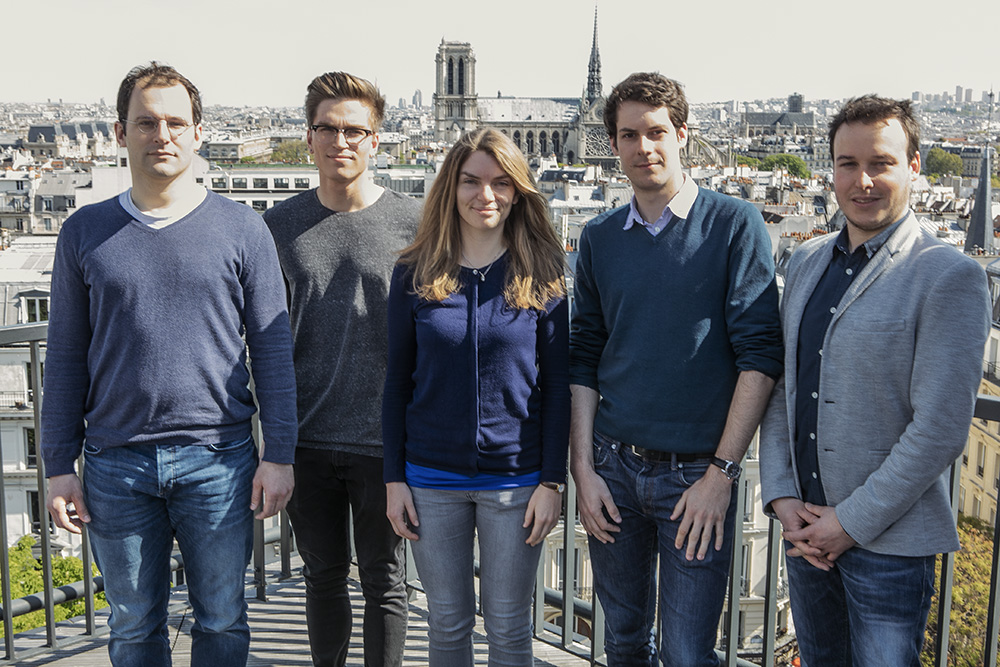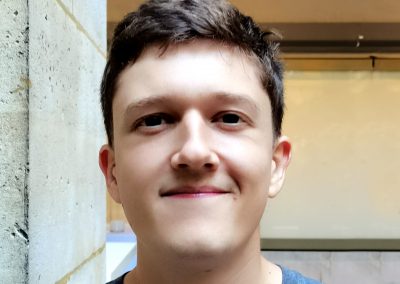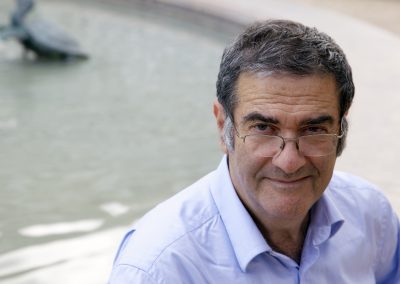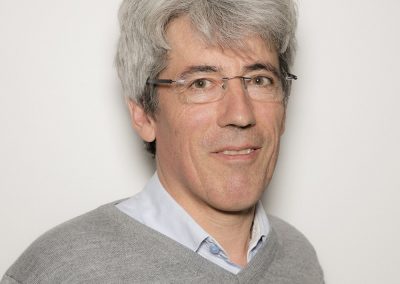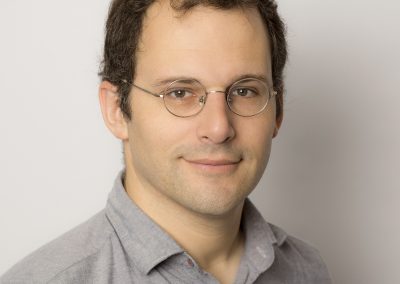Rydberg quantum engineering
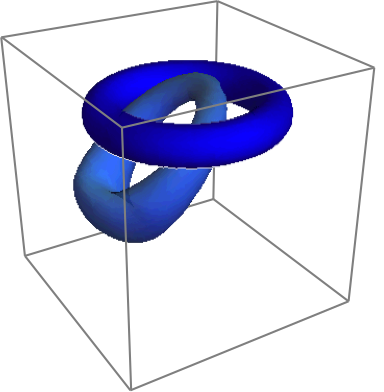
Recent Publications
Coherent Transfer between Low-Angular-Momentum and Circular Rydberg States
A. Signoles, E.-K. Dietsche, A. Facon, D. Grosso, S. Haroche, J.-M. Raimond, M. Brune and S. Gleyzes, Phys. Rev. Lett. 118, 253603 (2016)
A sensitive electrometer based on a Rydberg atom in a Schrödinger-cat state
A. Facon, E.-K. Dietsche, D. Grosso, S. Haroche, J.M. Raimond, M. Brune and S. Gleyzes, Nature 535, 262–265 (2016)
Confined quantum Zeno dynamics of a watched atomic arrow
A. Signoles, A. Facon, D. Grosso, I. Dotsenko, S. Haroche, J.M. Raimond, M. Brune and S. Gleyzes
Nature Physics, 10, 715 (2014)
Quantum engineering of Rydberg states
Rydberg atoms are highly excited atomic levels for which the electron is far away from the nucleus and thus only see the 1/r potential Coulomb potential of the atomic core.
In our experiment, the atom is initially prepared in a state for which the electron wave function is located along the classical circular Kepler orbit around the nucleus, the circular Rydberg state. Then, using a combination of microwave and radio frequency fields, it is possible to manipulate the trajectory of the electron. We have demonstrated in the past that, by driving the electron with a radio frequency field in the presence of a well chose microwave field, the electron was naturally evolving in a Schrödinger cat state, where the electron is in a superposition of two different classical orbits at the same time. Such states are interesting to study, as they provide model to understand why quantum superpositions cannot be observed in the macroscopic world. They also have practical interest, as they are very sensitive to variation of their environment, and we have recently shown that they could serve as microscopic probes with a sensitivity that goes beyond the standard quantum limit.
Rydberg electrometer

Publication
A sensitive electrometer based on a Rydberg atom in a Schrödinger-cat state
A. Facon, E.-K. Dietsche, D. Grosso, S. Haroche, J.M. Raimond, M. Brune and S. Gleyzes, Nature 535, 262–265 (2016)
Quantum enabled Rydberg electrometer based on a Schrödinger cat state
Non classical states are highly sensitive to the fluctuation of their environment, making it very hard to prepare Schrödinger cat states. However, this sensitivity is an asset when looking for a quantum state to probe the environment. In this experiment, we prepare the electron in a quantum superposition of two classical trajectory with very different electric dipole. The relative phase of the superposition is thus extremely sensitive to small variation of the amplitude of the electric field, and allow us to reach a sensitivity that is up to a factor of 2 better than the best sensitivity that could be achieve with a Rydberg atom in a semi-classical state (called the Standard Quantum Limit).

Quantum Zeno Dynamics
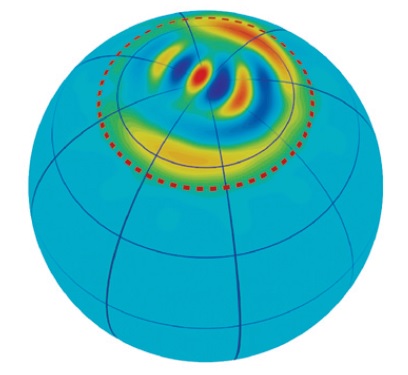
Publication
Confined quantum Zeno dynamics of a watched atomic arrow
A. Signoles, A. Facon, D. Grosso, I. Dotsenko, S. Haroche, J.M. Raimond, M. Brune and S. Gleyzes
Nature Physics, 10, 715 (2014)
See also
Phase Space Tweezers for Tailoring Cavity Fields by Quantum Zeno Dynamics
J.-M. Raimond, C. Sayrin, S. Gleyzes, I. Dotsenko, M. Brune, S. Haroche, P. Facchi, and S. Pascazio
Phys. Rev. Lett. 105, 213601 (2010)
Quantum Zeno Dynamics of Rydberg atoms
Thanks to the symmetry of the Coulomb problem, the motion of a Rydberg atom can be described by two independent angular momenta. In the classical world, an angular momentum is an arrow rotating on a sphere. In the quantum world, it is described a finite number of equidistant energy levels, where each corresponds to a different value of the projection of the arrow along the vertical axis.
We have shown that removing only one of these quantum levels is enough to completely alter the dynamics of the angular momentum. In our experiment, we drive a rotation of the angular momentum in the presence of a continuous measurement of one particular sub level. This effectively remove this sub level from the accessible Hilbert space, through an effect that is called Quantum Zeno dynamics. We observe that the evolution is completely different from that of a classical spin. Now, instead of performing a continuous rotation around a meridian, the angular momentum is confined into the polar cap of the sphere, and evolve periodically into a Schrödinger cat state, where the arrow is pointing at the same time into two classically different directions.
This experiment shows that the notion of what we consider “classical behavior” highly depends on the structure of the Hilbert space of the quantum object itself. Here, even though the system is coupled the simplest classical source, removing a single state is enough to completely change the dynamics of the system into something very counterintuitive. This also opens interesting perspectives, as it allows a fast and deterministic generation of non-classical state of the Rydberg atom that could be used for quantum-enabled technology.


